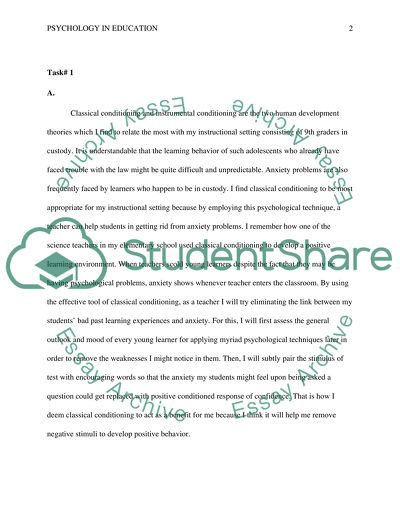Cite this document
(“Psycology in Education Essay Example | Topics and Well Written Essays - 3500 words”, n.d.)
Retrieved from https://studentshare.org/education/1399747-psycology-in-education
Retrieved from https://studentshare.org/education/1399747-psycology-in-education
(Psycology in Education Essay Example | Topics and Well Written Essays - 3500 Words)
https://studentshare.org/education/1399747-psycology-in-education.
https://studentshare.org/education/1399747-psycology-in-education.
“Psycology in Education Essay Example | Topics and Well Written Essays - 3500 Words”, n.d. https://studentshare.org/education/1399747-psycology-in-education.


